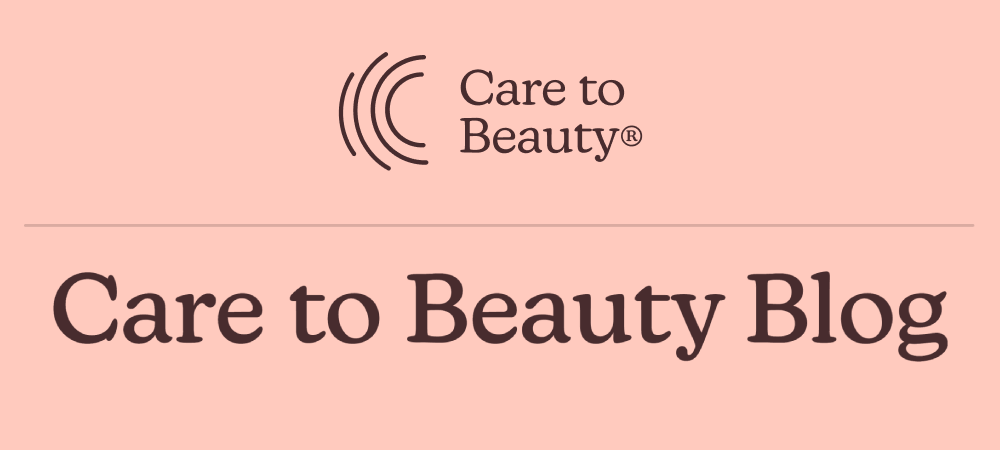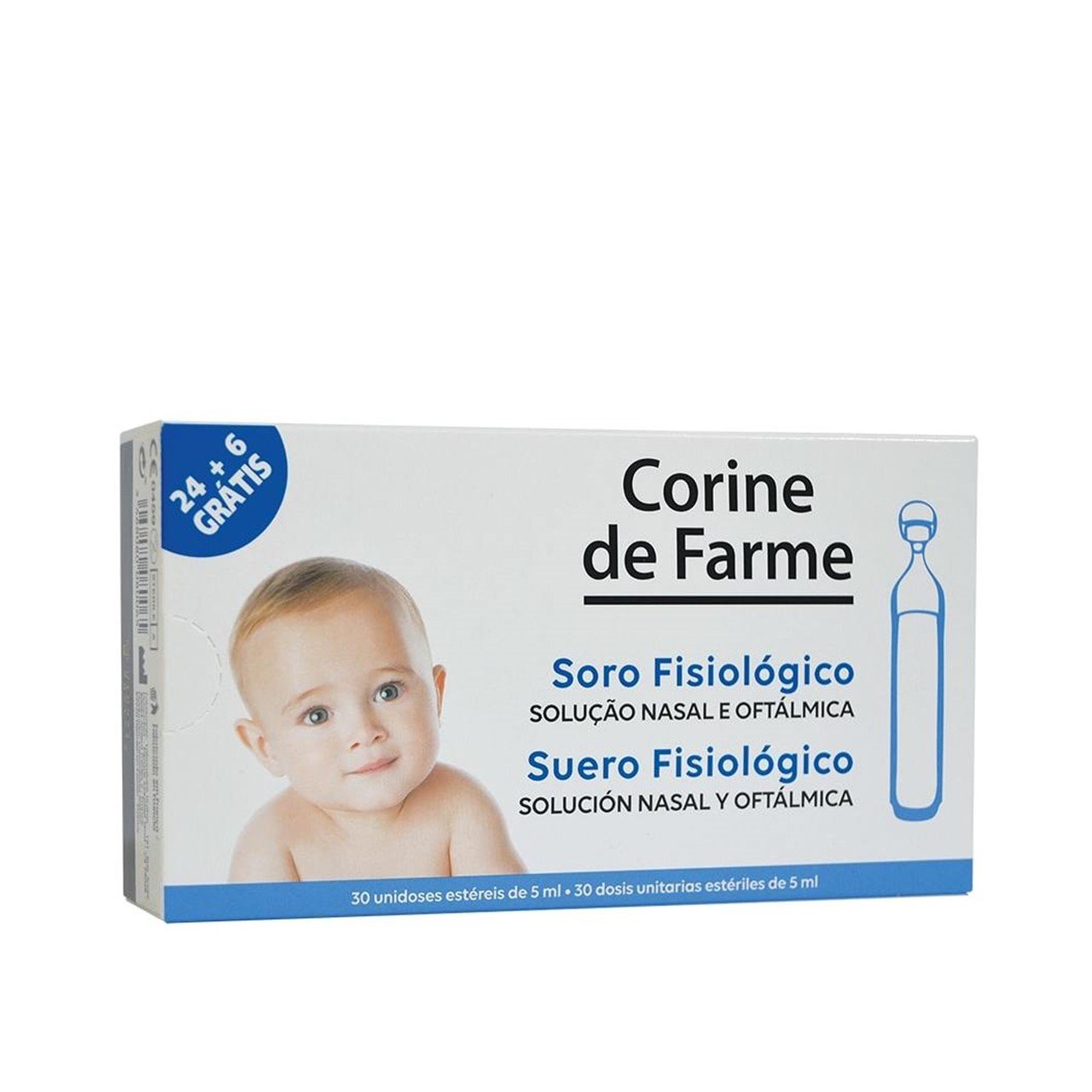
So you’re considering having a new piercing done and want to know how to care for a new piercing. In some cases, you have already had your body pierced and are looking for recommendations on how to care for it (this is a red flag, but we’ll discuss this below). Either way, we’re here to support you and let you know that it’s both simpler and trickier than you may be thinking.
On this post:
How to choose the right body piercer
An adequate professional is the solution to 90% of your fears and issues. When you’re searching for a new piercer, make sure you check some things first:
- They don’t perform any piercings that are not recommended (such as snake eyes on the tongue);
- There’s an appointment protocol with a check-up after a week and a bar downsize within a month;
- During the process, they use sterile procedures such as sterilizing the piercings, using aseptic gloves, and using new and/or sterilized material to perforate;
- You are comfortable throughout the entire procedure and they don’t make you feel uncomfortable or try to convince you to have the piercing if you’re having doubts.
Meanwhile, you should keep in mind that a relationship with a body piercer is a long-standing one, not a one-time fling. If your body piercer expects you to enter their shop, have your piercing done, and never return again–run, don’t walk. Your body piercer should talk with you before the procedure, make sure you’re 100% comfortable with the process during it, make sure you’re fully prepared to take care of your piercing, and then follow up with you on scheduled appointments. You should never feel insecure during the process or feel like you don’t know how to take care of your piercing.
How to care for a new piercing
Piercing aftercare begins the moment you walk out of the body piercing studio–perhaps even earlier! In this section, we’ll guide you through the basics of how to care for your piercing:
When should you start cleaning your new ear piercing?
Start cleaning your new piercing a few hours after you’ve had it done. The area will accumulate some blood and lymph from the post-procedure phase, so you need to get to it ASAP. Of course, you need to be extra careful because, at this time, your piercing will feel pretty sore. The good news: this is the sorest it will ever be.
What should you use to clean a new piercing?
To clean your new piercing, use 0.9% saline solution in sterile single doses.
For mouth piercings, you should use an alcohol-free mouthwash after every meal and–this is important–after smoking.
And what shouldn’t you use?
We’ve told you what you should use to clean your piercing: saline solution. Now we’re going to tell you what you shouldn’t use: anything other than saline solution.
Even if your body piercer says otherwise, or your heavily pierced and tattooed friend suggests using antibacterial creams or tea tree oil. Those were used before, but current guidelines suggest they may do more harm than good.
Can you use regular salt to clean a piercing?
See above: no. You need to treat your piercing as a wound, so you can only use sterile solutions as it’s healing. Moreover, the percentage of sodium chloride must be 0.9% sharp in order not to hurt the healing process, and that is very hard to obtain at home–table salt is not 100% sodium chloride.
How do you clean a new piercing?
- Thoroughly wash your hands and nails with antibacterial soap and let them air-dry or dry with disposable towels;
- Take a non-woven sterile gauze and soak it with sterile saline solution. You may need two pieces of gauze, depending on the piercing. For the first week, keeping your saline solution in the fridge will help reduce swelling;
- Place the gauze(s) around the front and back of your piercing, and keep them there for 20 minutes. This will help to soak the scab and make it easier to remove it without moving the piercing around, which you shouldn’t do;
- After 20 minutes, use the gauze to remove any remaining debris that hasn’t come off by itself;
- Use a dry sterile gauze to thoroughly dry the area around the piercing. You don’t want to maintain a humid environment around there, as it may promote bacterial growth;
- DO NOT twist your piercing or move it around, even if it feels like the piercing is stuck. As soon as it has healed, the piercing will be free to move by itself.
Can you use Q-tips to clean piercings?
You can use Q-tips to clean your piercing–but only after your body piercer has authorized you to do so. Removing the scab may be hard, depending on your anatomy and the piercing itself, so after 2-3 weeks it may be beneficial to use a Q tip to keep everything clean.
The piercing healing process: What to expect
Some piercings can take a very long time to heal (up to a year, but we’ll get to that in a moment). It’s important to keep up with the piercing healing process, so you’re never caught off-guard:
How long does it take a piercing to heal?
It all depends on the area you’re having pierced. If there’s cartilage involved, you can actually expect the healing process to last up to one whole year. Yes, that means that, when pierced anywhere outside of the lobe, your ears will probably take almost a full year to heal. Earlobes, on the other hand, are the quickest area to heal, taking around 6 weeks.
Nostrils take around 2-3 months to heal, and nipples take around the same time. Areas such as the eyebrow, lip, septum, tongue, tragus, and labret typically take around 8 weeks.
What’s normal for a fresh piercing?
In the days after getting your piercing, you may be constantly asking yourself: “does this look normal?”
You have to keep in mind that you’ve basically inflicted an open wound on yourself. With that in mind, it’s normal to expect the healing process to include some phases that correspond to wound healing:
- Initially: expect some degree of localized swelling, tenderness, bruising, and some bleeding. Yes, you can bleed having a piercing done. Some people may not expect it, but piercings take place on living tissue (your skin!)–and as long as there’s living tissue, there’s blood flow;
- During the healing process: you may notice a whitish-yellow transparent fluid (not pus), discoloration, or sensibility to touch. You may also also feel like the piercing is “trapped” in the surrounding tissues due to some degree of swelling.
How to know if piercing is infected
As with any other wound, your piercing can get infected. The way to minimize this is to treat it like the wound it is (see more below). See your doctor if you notice severe redness, swelling, or pain from the piercing. The easiest way to detect infection is to look for a cloudy, thick discharge with a green/yellow color and an unpleasant smell. If you have a fever, nausea, dizziness, or disorientation, have someone take you to the emergency room ASAP.
What helps piercings heal faster?
Piercings heal faster when you take care of them properly. This means not only cleaning them properly, but also making sure you’re not doing anything to hurt the healing process or facilitate infection. Here’s our list of dos and don’ts:
Do:
- Keep the skin dry and clean. Any humidity may contribute to bacterial growth;
- Sleep on clean sheets. The Association of Professional Piercers also recommends that you use a clean t-shirt to wrap around your pillow and turn it every night to ensure a clean surface you can sleep on. Every t-shirt provides 4 clean surfaces for sleeping on;
- Check with your body piercer for a follow-up appointment and a bar downsize appointment. Downsizing your bar is important because the initial one should be big enough to allow for the initial swelling, but it will become too big after the initial month. A bar that is too big will make you more likely to tear the piercing area.
Don’t:
- Clean your piercing with anything other than sterile saline solution and non-woven sterile gauze;
- Use heat on or around your piercing. This may mean skipping the hot water in the shower, directing your blow dryer away from the piercing, and avoiding direct sunlight;
- Twist, turn or pull your new piercing. Be careful around children and pets, as they may inadvertently hurt you or tear the piercing site;
- Sleep directly on your piercing while it’s healing, as this may cause migration or keloids. For ear piercings, it’s useful to sleep on an airplane pillow;
- Go to pools, rivers, saunas, or the sea in the first month, as this may make it easier to get an infection.
It’s never easy to know how to care for a new piercing. In fact, some piercings are extremely hard to deal with, such as the conch piercing, due to the area they’re in. But with the right information on your side and a great body piercer, everything will go just fine.
Pharmacy Technician & Beauty Writer


 Corine de Farme Physiological Saline Solution
Corine de Farme Physiological Saline Solution
